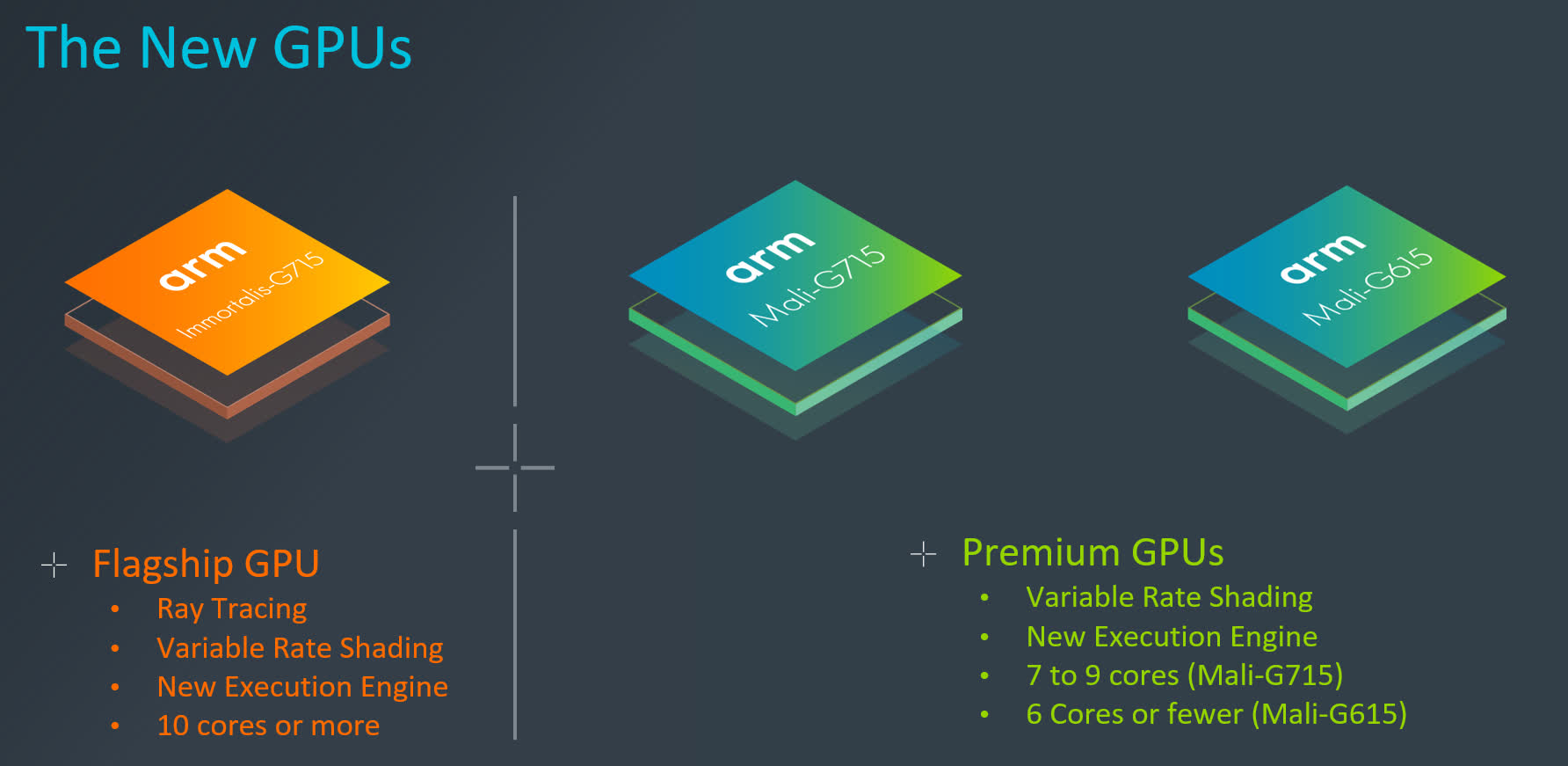Something to look forward to: One of the pillars of Arm's latest roadmap is a trio of new mobile graphics processors offering a range of new features and performance improvements. Among them is ray tracing, a feature thus far only available in the most recent game consoles and computer GPUs.
Arm announced a new flagship mobile GPU as part of a roadmap of upcoming CPUs and GPUs this week. Called Immortalis and sporting at least 10 cores, it will bring hardware-based ray tracing and a new execution engine to high-end Android phones. It will also feature Variable Rate Shading (VRS) to save performance and battery life.
Ray tracing requires significant horsepower which initially kept it out of the mobile space, but mobile hardware appears to be rising to meet that challenge. Last year's Mali-G710 already supports software ray tracing, but its successor is transitioning to hardware ray tracing similar to that of Nvidia's RTX graphics cards, AMD's Radeon RX 6000 series, PlayStation 5, and Xbox Series consoles.

Arm is not the only company to introduce mobile ray tracing. Imagination Technologies unveiled the IMG-CXT last November. Arm hasn't described Immortalis' specs in detail yet, but the IMG-CXT is supposed to reach around a quarter of the RTX 2060's ray tracing horsepower. The first Immortalis chip, the G715, is set to launch in early 2023.
Arm's roadmap also includes two new premium Mali entries. Though lacking ray tracing, they still support VRS and the new execution engine. The higher-end model, Mali-G715, will come with 7 to 9 cores, while Mali-G615 will max out at 6. The improved execution engine and other features should make all of Arm's new GPUs more powerful and efficient. Arm will hold a webinar to offer a deeper look next August 24.
https://www.techspot.com/news/95107-arm-unveils-mobile-gpu-hardware-ray-tracing.html